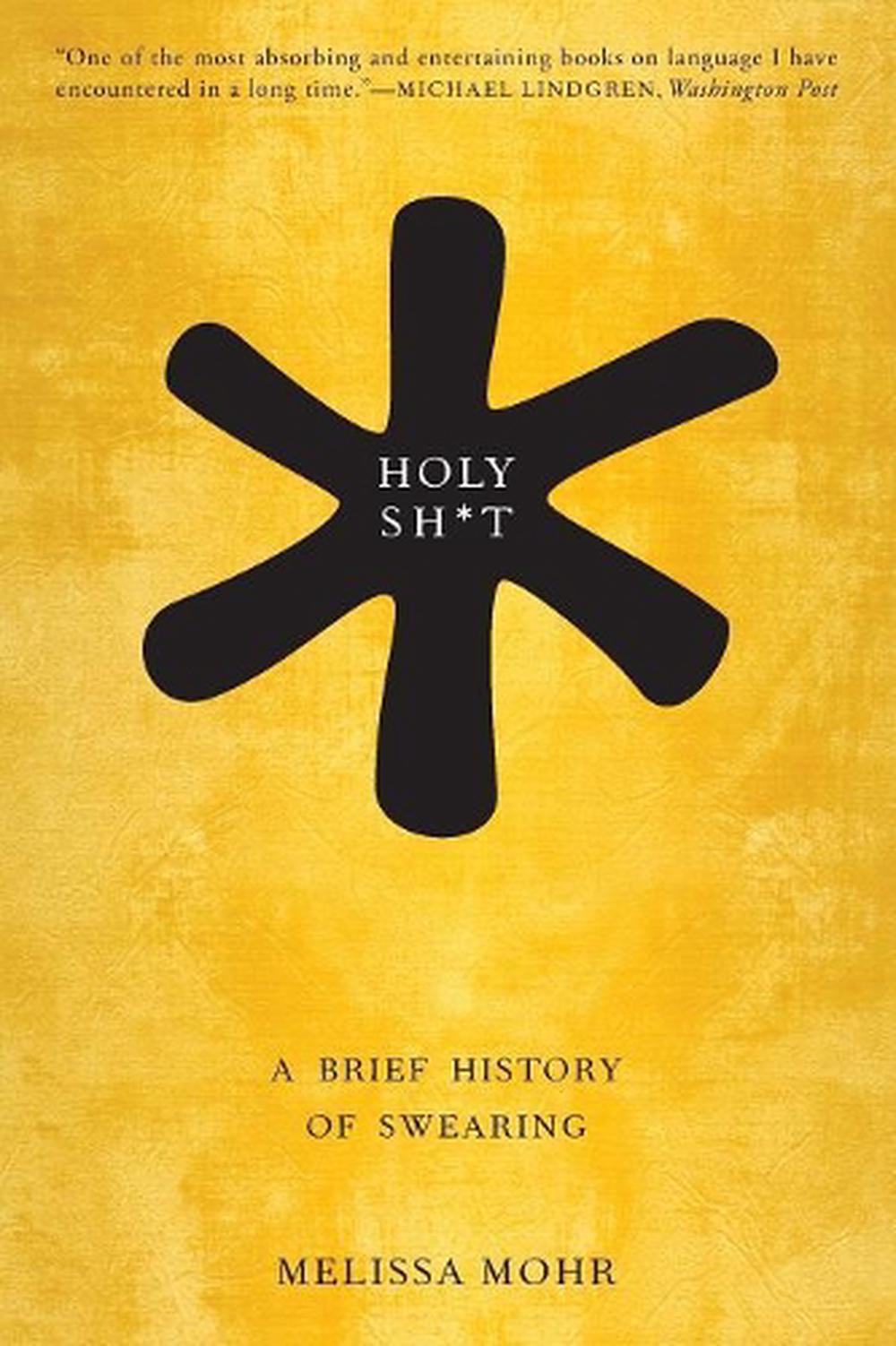



Sexual obscenity also, to complicate things, had a sacramental function – as witness the fruity ways of the god Priapus. So the Romans, like us, had a primary relationship between the body and the idea of obscenity – though their sexual schema was a little different, with shame attaching, above all, to sexual passivity. The Romans had a "Big 10": cunnus (cunt), futuo (fuck), mentula (cock), verpa (erect or circumcised cock), landica (clitoris), culus (arse), pedico (bugger), caco (shit), fello (fellate) and irrumo (er, mouth-rape). English has a "Big Six": "cunt", "fuck", "cock", "arse", "shit" and "piss" (though Mohr plausibly suggests that "nigger" should now be in there). How do we know what was obscene in a dead language? By literary genre, essentially: if it was written on the toilet wall but didn't appear in satire, it was likely to be properly rude. A helpful and interesting chapter on ancient Roman filth does much to sketch the background, too. Though Mohr is mainly interested in English, she is generous in roping in examples from outside it. Really, this book should have been called "Holy Fucking Shit".) (The latter, though, does subdivide in a meaningful way between the sexual and the excremental. At different times in the history of the west, the primary taboo has been to do either with God, or with the functions of the human body. Melissa Mohr's title, then, is more than just an attention-grabber: the history of swearing is one of a movement back and forth between the holy and the shit. Consider for a moment the origins of almost any word we have for bad language – "profanity", "curses", "oaths" and "swearing" itself. It is entwined, in social and linguistic history, with the other sort of swearing: vows and oaths. Swearing doesn't just mean what we now understand by "dirty words".


 0 kommentar(er)
0 kommentar(er)
